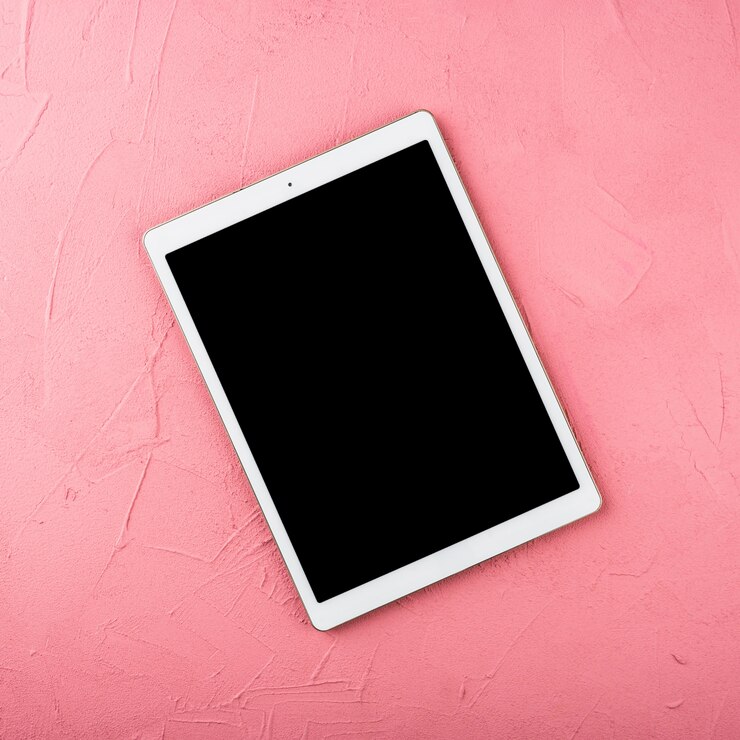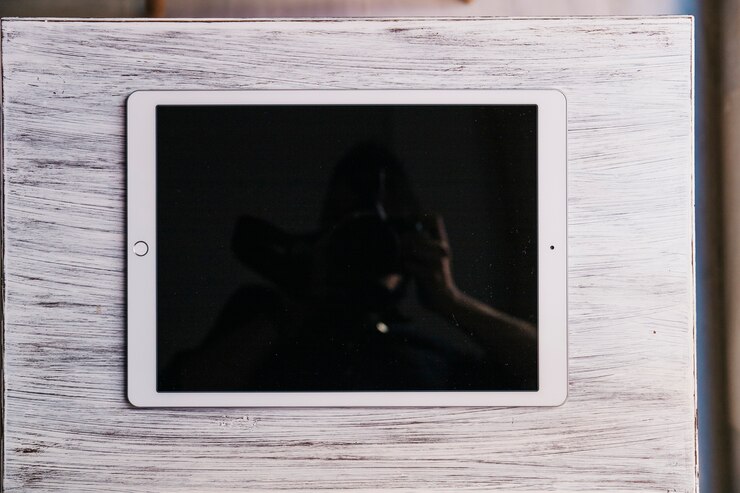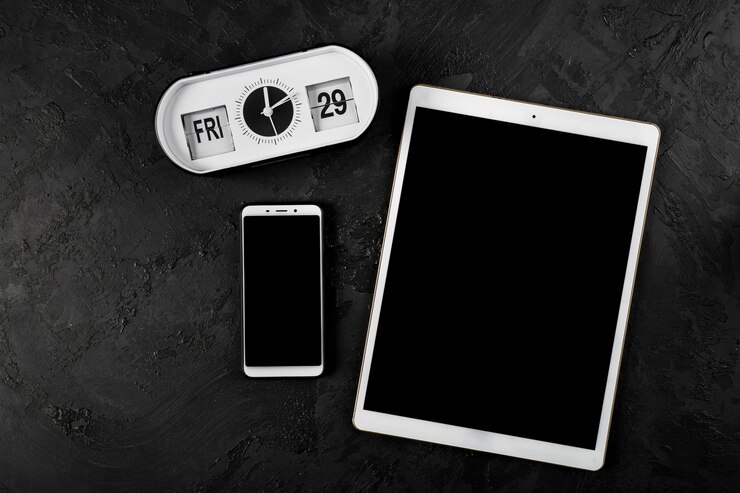Yes, a 10 years old iPad can be updated depending on the model and the latest iOS version it can support. However, older iPad models may not be compatible with the latest iOS updates, leading to limited functionality and potential security vulnerabilities.
It’s important to check the compatibility of the specific iPad model with the latest iOS version available. Keeping the iPad updated ensures access to the latest features, improved performance, and enhanced security measures. Additionally, regularly updating the device helps to prolong its usability and maintain its overall functionality over time.
Understanding the compatibility and limitations of older iPad models with the latest iOS updates can help users make informed decisions about whether to update or upgrade their devices for an optimal user experience.
The Importance Of Software Updates For Devices
In today’s fast-paced digital world, the importance of software updates for devices cannot be overstated. Whether it’s a smartphone, tablet, or laptop, keeping the software up to date is crucial for a seamless and secure user experience. Software updates not only enhance the performance of the device, but they also play a vital role in ensuring security, compatibility, and overall user satisfaction.
Security
One of the most critical aspects of software updates is enhancing the security of the device. Regular updates include patches for identified vulnerabilities, protecting the device from potential security breaches and cyber threats. By staying current with software updates, users can safeguard their personal data and digital privacy.
Performance
Software updates are essential for maintaining the optimal performance of devices, including older ones like a 10-year-old iPad. Performance enhancements provided through updates can improve the device’s speed, responsiveness, and overall user experience. By updating the software, users can ensure that their devices continue to operate efficiently and effectively.
Compatibility
As technology advances, so do software requirements and standards. Regular updates ensure that devices remain compatible with the latest apps, software, and digital content. This is particularly important for older devices like a 10-year-old iPad, as updates can facilitate compatibility with newer applications and services, extending the device’s usability and functionality.

iPad’s Update Policy And History
The iPad’s update policy and history are key considerations for many users, especially those with older devices. Understanding how Apple approaches updates and the support for legacy devices can help users make informed decisions about their technology investments. In this blog post, we’ll delve into Apple’s usual policy regarding iPad updates and explore a case study of a 10-year-old iPad to understand the practical implications of this policy.
Apple’s Usual Policy
Apple has a well-established track record of providing software updates for its devices, including the iPad. Typically, Apple supports its devices with software updates for a certain period, but this support can vary based on the specific model.
For most iPads, Apple offers software updates for approximately 5 to 6 years from the device’s initial release. However, the timeline can vary based on the device’s hardware capabilities and performance. Newer models often receive updates for a longer period, while older models may have limited support.
It’s important to note that while Apple strives to support its devices for as long as possible, there may come a point where certain models are no longer eligible to receive the latest updates due to hardware limitations or technological advancements.
Case Study: 10-year-old iPad
Let’s take a closer look at the case of a 10-year-old iPad to illustrate how Apple’s update policy plays out in practice. Suppose you have an original iPad released in 2010. Due to its age and technological advancements, this device may no longer be eligible to receive the latest iOS updates.
While the original iPad received updates for a few years after its release, it eventually reached a point where it could no longer support the latest iOS versions due to its older hardware and specifications. This highlights the practical limitations of Apple’s update policy, especially for older devices.
Therefore, if you have a 10-year-old iPad, it’s essential to consider the device’s update eligibility and how it aligns with your usage requirements and security considerations.
Factors Affecting 10-year-old iPad Updates
Updating a 10-year-old iPad can be a tricky endeavor considering several factors that come into play. These factors, such as hardware and software compatibility, as well as end-of-life support, play a significant role in determining whether your aging device can receive the latest updates. Let’s delve into these factors to better understand the challenges and possibilities of updating a decade-old iPad.
Hardware Compatibility
When it comes to updating an old iPad, hardware compatibility is a crucial consideration. Over time, newer software updates may place increasing demands on the device’s hardware, potentially outstripping the capabilities of an older model. For instance, if the hardware of a 10-year-old iPad lacks the necessary processing power or memory to support the latest iOS version, it may not be able to receive the updates. Apple sometimes designates certain iPad models as ineligible for new updates due to hardware limitations, leaving older devices unable to keep up with the latest features and security enhancements.
Software Compatibility
Software compatibility is another essential factor in determining whether a 10-year-old iPad can be updated. As Apple releases new versions of iOS, older devices might struggle to run the latest software efficiently, leading to slower performance, decreased battery life, and potential compatibility issues with newer apps and features. Updating an aging iPad could result in a compromised user experience, as the device may not handle the demands of the updated software as well as a newer model.
End-of-life Support
End-of-life support is a critical aspect affecting the updateability of 10-year-old iPads. Apple typically supports its devices with new software updates for a limited time, after which older models may reach their end-of-life cycle. Once a device is no longer supported, it will no longer receive updates, leaving it vulnerable to security threats and compatibility issues. For example, a 10-year-old iPad may have reached its end-of-life stage, making it ineligible for future updates and leaving it behind in terms of security and functionality.
Solutions And Alternatives For Legacy Devices
In the fast-paced world of technology, legacy devices often face the challenge of remaining relevant in an ever-evolving landscape. When it comes to an old iPad, the question frequently arises: Can a 10-year-old iPad be updated? Fortunately, there are solutions and alternatives for legacy devices to extend their lifespan and usability. Let’s explore the options available for aging iPads, focusing on third-party software options, hardware upgrades, and recycling and trade-in programs.
Third-party Software Options
For older iPads that no longer receive official software updates from Apple, third-party software solutions can provide a lifeline. Browsing the App Store can reveal alternative web browsers, productivity apps, and utilities, offering compatibility with older iOS versions. While not a comprehensive solution to update the iPad’s operating system, these third-party apps can enhance the device’s functionality.
Additionally, jailbreaking the iPad to install custom software may be an alternative for tech-savvy users seeking to extend the device’s capabilities beyond its original limitations.
Hardware Upgrades
If third-party software is insufficient to revitalize an aging iPad, hardware upgrades present a compelling alternative. Upgrading the iPad’s storage or battery can breathe new life into the device. However, this option requires technical proficiency and may not be feasible for all users. In some cases, seeking professional assistance from a reputable repair service can ensure the successful upgrade of the device’s hardware components.
Furthermore, replacing the iPad’s screen or other faulty components can address performance issues and enhance the overall user experience.
Recycling And Trade-in Programs
When an old iPad reaches the end of its practical lifespan, recycling and trade-in programs offer an environmentally responsible solution. Major retailers and technology manufacturers frequently offer trade-in programs that allow users to exchange their old devices for store credit towards the purchase of a new iPad or other products. Recycling programs ensure that aging iPads are disposed of in an eco-friendly manner, supporting sustainability initiatives and minimizing electronic waste.
Additionally, donating the old iPad to charitable organizations or educational institutions can provide it with a new purpose, benefiting individuals and communities in need.

Frequently Asked Questions On Can A 10 Years Old iPad Be Updated?
Can A 10-year-old iPad Be Updated?
Yes, a 10-year-old iPad can be updated to the latest available iOS version. Apple provides software updates for older devices to enhance performance, security, and compatibility with newer apps.
How Do I Update My 10-year-old iPad?
To update a 10-year-old iPad, go to Settings > General > Software Update. If a compatible update is available, follow the on-screen instructions to download and install the latest iOS version for your device.
Will Updating My Old iPad Make It Faster?
Updating your old iPad can potentially make it faster by optimizing performance and fixing software bugs. However, the extent of the improvement may vary based on hardware limitations of the older device.
What Are The Benefits Of Updating An Old iPad?
Updating an old iPad can provide access to new features, improved security, compatibility with the latest apps, and performance enhancements. It helps extend the useful lifespan of the device and ensures a better user experience.
Conclusion
Updating a 10-year-old iPad is possible, but there are limitations to the latest software compatibility. While Apple may continue to support older models, it’s essential to consider performance and security implications. Ultimately, it’s worth exploring alternative uses for an older iPad if updating is no longer feasible.

